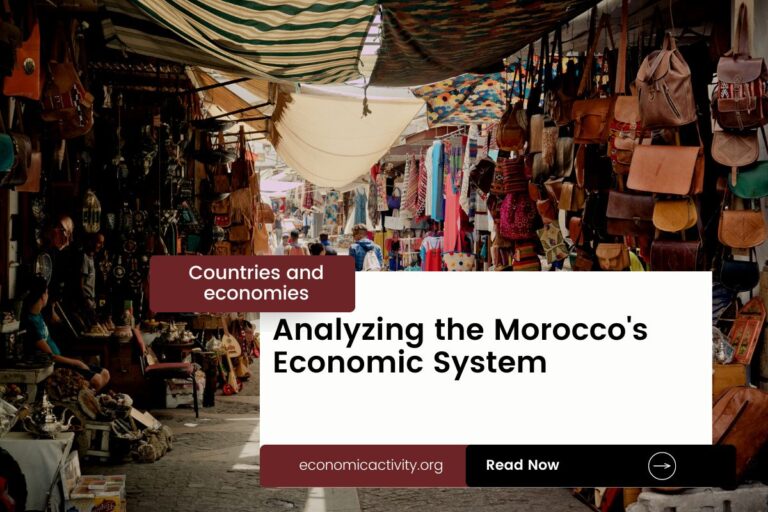Austria, with a population of 9,041,851, is ranked 96th in the world, just behind Belarus. Located in Central Europe, Austria covers a total area of 83,879 square kilometers, ranking 111th globally, just below Serbia.
Austria’s economic position in 2022 is robust, with a GDP of $470,941,926,750.74, ranking 31st globally. It follows Nigeria, which has a GDP of $472,624,597,402.90. The GDP per capita in Austria is $52,084.68, placing it at the 20th position worldwide.
It is surpassed by the United Arab Emirates, with a GDP per capita of $53,707.98. Austria’s economy demonstrates stability and growth, positioning it as a key player in the global economic landscape.
What are the economic activities of Austria?
- Primary activities: 1.3% of GDP.
- Secondary activities: 28.4% of GDP.
- Tertiary activities: 70.3% of GDP.

Primary Sector of Austria
Austria’s primary sector, particularly its agricultural activities, thrives due to its diverse climate and rich natural resources. With 31.48% of the country’s land dedicated to agriculture, Austria produces a variety of crops and animal products. The main agricultural products include milk, sugar beets, maize, wheat, barley, potatoes, pork, grapes, triticale, and apples.
Despite agriculture contributing only 1.3% to the GDP, it plays a significant role in the economy. The wide range of products showcases the sector’s importance, providing employment and sustaining local communities.
Austria’s geological diversity ensures a rich array of natural resources, driving its economy. Key resources include oil, coal, timber, iron ore, copper, zinc, and hydropower. These resources play a vital role in various industries, from energy production to manufacturing, contributing significantly to the country’s economic development.
Austria’s oil production of around 10,841 barrels per day places it at the 56th position in the world ranking. With oil reserves of 45,400,000 barrels, the country holds 0% of the world’s oil reserves, contributing to its economic activity.
Austria’s gas production of 1.1 billion m³ in 2020 ranks 64th globally, bolstering its economic activity.
Secondary Sector of Austria
What is the secondary sector or what are secondary activities?
The secondary sector involves industries that transform raw materials from primary activities into finished products for consumption. Austria’s main industrial products include construction materials, machinery, vehicles and parts, food products, metals, chemicals, lumber and paper, and electronics.
Manufactures play a crucial role in Austria’s total exports, accounting for 77.47% in 2023. This highlights the significant contribution of the manufacturing sector to the country’s economy and global trade.
Tertiary sector of Austria
What is the tertiary sector or what are tertiary activities?
The tertiary sector in Austria encompasses a wide range of services that contribute to the country’s economy. This sector includes activities such as restaurants, healthcare and medical care, education and training, banking and finance, communication and information exchange, media production and distribution, and tourism and hospitality. These services involve providing intangible goods like expertise and advice to enhance productivity and meet various needs, catering to both consumers and businesses in Austria.
In particular, Austria’s tourism industry is a significant contributor to its economy, with an impressive 31,884,000 annual arrivals in the country. This translates to a tourism intensity of 3.5263 arrivals per capita. Vienna, the capital, and the picturesque Austrian Alps are among the most popular destinations, attracting visitors worldwide with their rich cultural heritage and natural beauty.
Another example of tertiary economic activity is the mobile cellular sector, boasting over 11 million subscriptions, which fosters technological growth by enhancing connectivity and enabling innovation across various industries.
Military Activities and Economic Sectors of Austria
The military is a good example of many economic activities working together. In the primary sector, resources are extracted for military use, like metals for weapons. The secondary sector involves the manufacturing of military equipment, such as vehicles and weapons. The tertiary sector includes services provided by the military, like training and logistics. The quaternary sector focuses on military research and development, while the quinary sector deals with high-level decision making and strategy.
In Austria, the military expenditure for 2023 is 4,410 million US dollars, which is 0.77% of the GDP. The active military force has 27,716 personnel, giving a ratio of 16.8 active military members for every 1,000 people in the country.
Biggest company in Austria
Which is the biggest company in Austria? The largest is Verbund, with a market value of $35.6 billion. It operates in the energy industry, focusing on electricity generation and distribution. Founded in 1947, Verbund plays a key role in Austria’s primary economic sector.
International Trade of Austria
Import Activities of Austria

Import activities in Austria are crucial, constituting 61.60% of GDP in 2023, totaling 29.01 billion. This underscores the significant role imports play in the country’s economy.
Austria’s major import partners include Germany (40%), Italy (7%), Czechia (5%), Switzerland (5%), and the Netherlands (4%). The country imports commodities such as cars, refined petroleum, gold, garments, and broadcasting equipment. These imports contribute significantly to Austria’s economy and support various industries within the country.
Exports Activities of Austria

In Austria, export activities play a crucial role, accounting for 62.08% of the GDP in 2023. With total exports reaching over 292 billion, it demonstrates a high level of importance in driving the country’s economy.
Austria primarily exports cars, packaged medicine, vaccines, plastic products, and electricity. Its main export partners are Germany (28%), the US (7%), Italy (7%), Switzerland (5%), and Hungary (5%).
Austria economy challenges in 2024
In 2024, Austria faces challenges with an aging labor force and high government debt. Despite being a strong EU economy, it grapples with Russian energy dependence and the need to invest in alternative energy sources. The country’s diversified trade portfolio is a strength, but it must address the issues of a large refugee population and the burden of significant government debt.




Leave a Reply